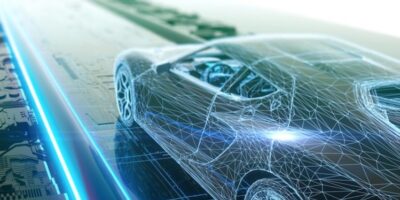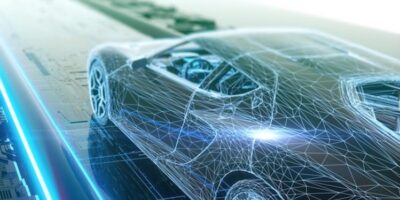Believed to be the first misbehaviour authority service (MAS) for the US V2X (vehicle to everything) ecosystem, Integrity Security Services (ISS) has announced that its MAS will begin by serving subscribers already subscribing to its all certificate management service (CMS).
All new and existing ISS CMS subscribers will be able to begin identifying vehicles for misbehaviour and removing them from their networks. Device manufacturers and all subscribers can contact Integrity for certification and to enable the device with the ISS-approved MAS OBU client and begin testing.
The ability to identify vehicles that are not sending correct V2X messages and to remove them from the connected vehicle ecosystem is an important security requirement to maintain trust in the ecosystem. ISS claims that its MAS provides this capability on a scalable and efficient national level. ISS will be publishing its misbehaviour detection criteria, reporting format and MAS APIs for OBU and RSU vendors to use with their compliant systems.
Integrity Security Services was established to provide best practice embedded security products and infrastructure solutions for protecting smart devices from cyber security attacks. End-to-end automotive solutions range from ECU cryptographic platforms to large-scale public key management systems.







